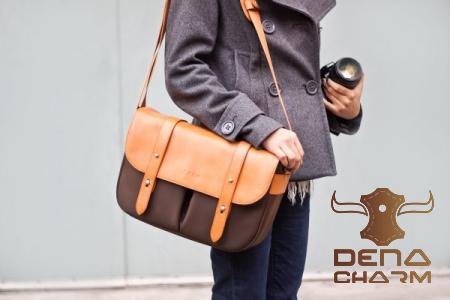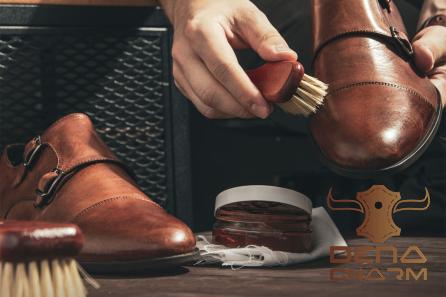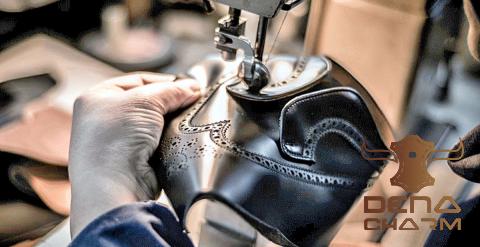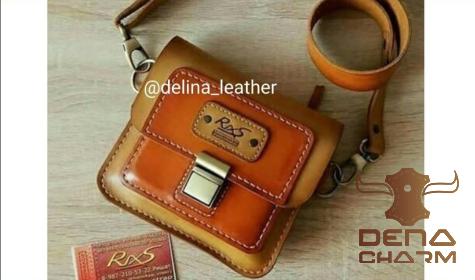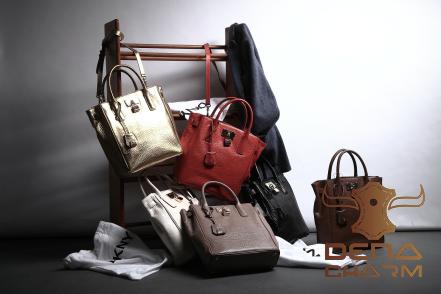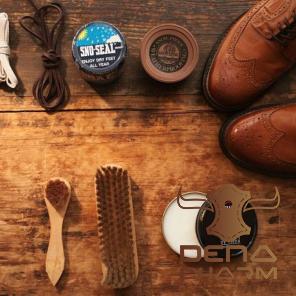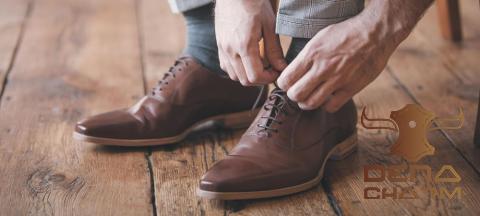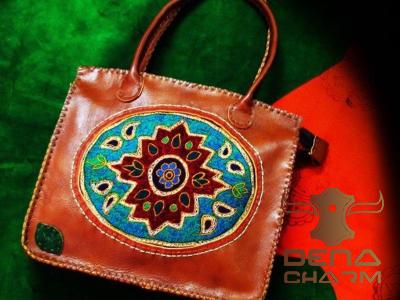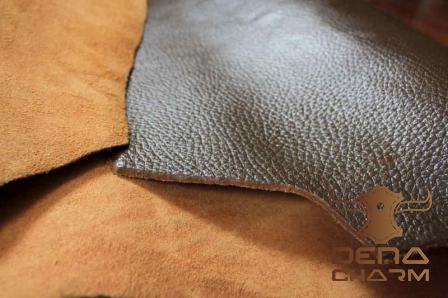Raw cow leather is a highly sought-after material in various industries due to its durability, versatility, and natural appeal. Buyers of raw cow leather play a crucial role in the supply chain, as they are responsible for sourcing and selecting the best quality leather hides for further processing. In this article, we will discuss the raw cow leather market, the process of buying raw cow leather, and the factors influencing its price.
Discussing Raw Cow Leather Buyers:
Raw cow leather buyers include manufacturers, artisans, wholesalers, and retailers who require leather hides for the production of a range of products such as footwear, apparel, accessories, upholstery, and luxury goods. These buyers are important stakeholders who contribute to the overall value chain of the leather industry.
Buying Raw Cow Leather:
The process of buying raw cow leather involves several essential steps to ensure the quality and suitability of the purchased hides. Let’s take a closer look at these steps:
1. Identifying the Supplier:
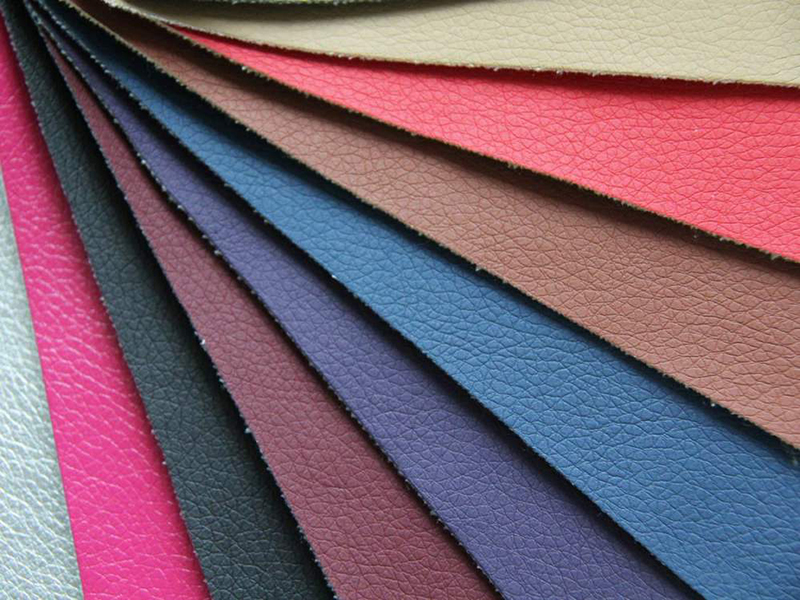
Buyers begin by identifying and establishing relationships with reliable and reputable suppliers. They may engage in trade fairs, research, and networking to find suppliers who can consistently provide the desired quality and quantity of raw cow leather. Reputation, certifications, and ethical practices should be considered when evaluating potential suppliers.
2. Specifying Requirements:
Once the supplier is selected, buyers work closely with them to discuss their specific requirements. These may include the desired thickness, type of finish, color, texture, and size of the leather hides. Buyers may also have specific preferences concerning the origin of the raw materials, such as organic, free-range, or sustainably-sourced.
3. Inspecting Sample Hides:
Before placing a large order, buyers typically request sample hides for inspection. This step helps them assess the quality, durability, and overall suitability of the leather for their intended purposes. The samples undergo rigorous testing and evaluation to ensure they meet the buyer’s standards.
4. Negotiating Terms:
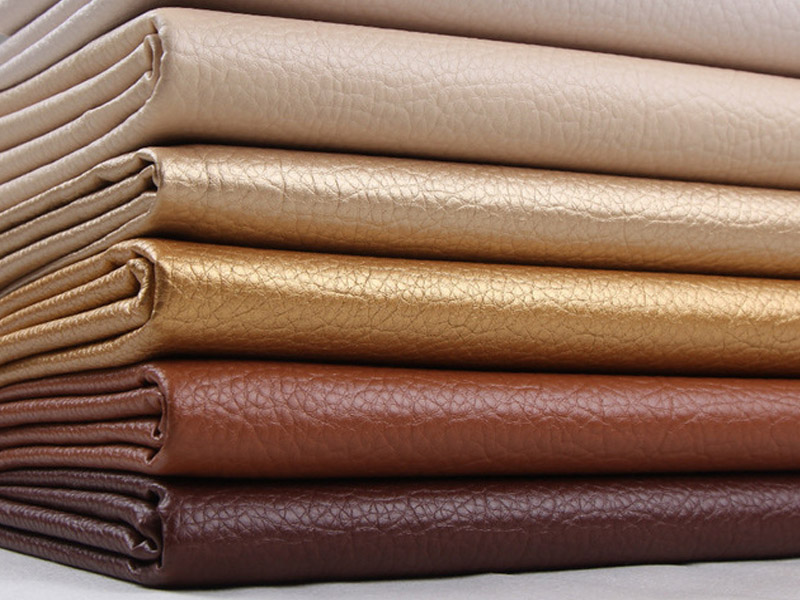
After the sample inspection, buyers negotiate the terms of the purchase, including the price per square foot/meter, payment schedule, delivery options, packaging, and any special requirements. Negotiations are crucial to establish a mutually beneficial agreement between the buyer and the supplier.
Price of Raw Cow Leather:
Several factors influence the price of raw cow leather. Let’s delve into some key considerations:
1. Grade and Quality:
The quality of the raw cow leather directly affects its price. Premium grades of leather, such as full-grain and top-grain, which exhibit fewer imperfections and offer superior durability, often come at a higher cost. Buyers must assess the desired quality level and factor this into their budget.
2. Quantity:
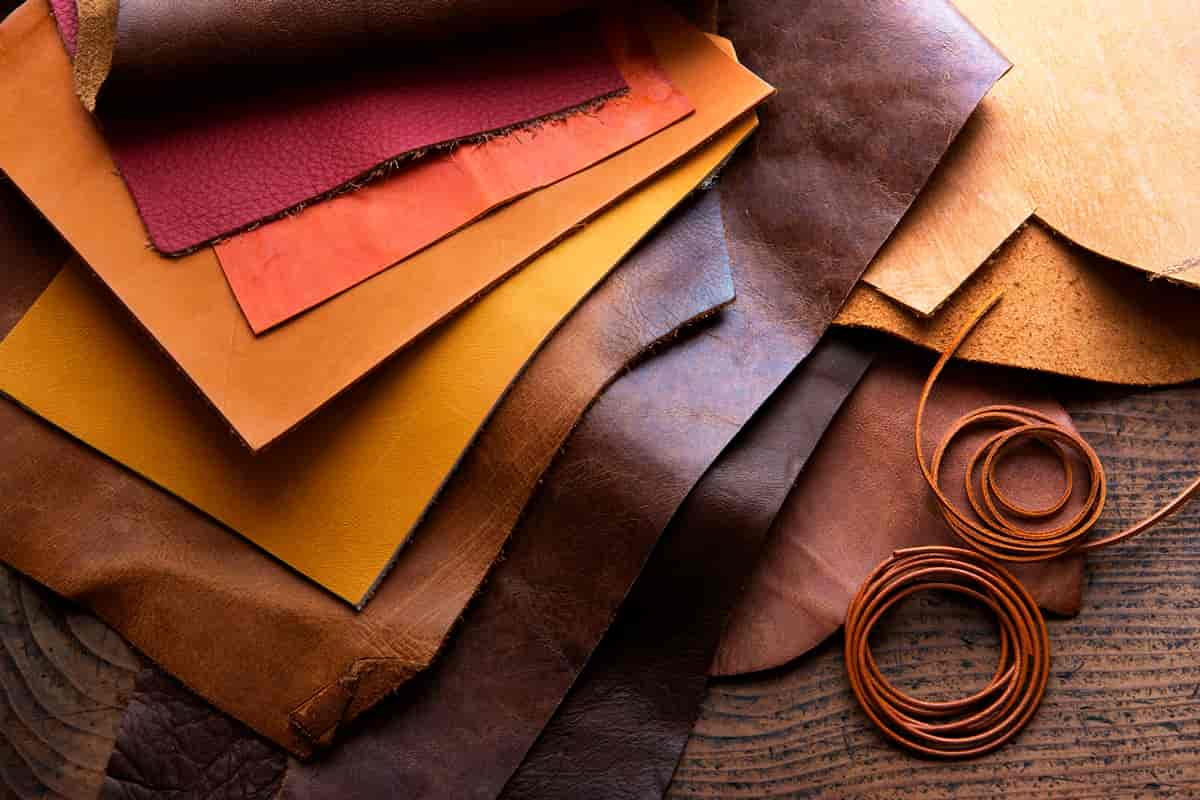
The quantity of raw cow leather purchased also impacts its price. Bulk orders are often more cost-effective than small-scale purchases due to economies of scale, reduced production costs, and lower transportation expenses per unit.
3. Supply and Demand:
Raw cow leather prices fluctuate with changes in supply and demand dynamics. If there is an abundance of available raw materials, prices may be lower. Conversely, if demand outstrips supply, prices tend to rise. Buyers must stay attuned to market trends and be prepared for potential price volatility.
4. Tanning Process and Treatment:
Different tanning and treatment techniques can significantly affect the price of raw cow leather. Leather that has undergone intricate and time-consuming tanning processes, such as vegetable tanning or natural dyeing, tends to be more expensive due to the skill and expertise required in its production.
Conclusion:
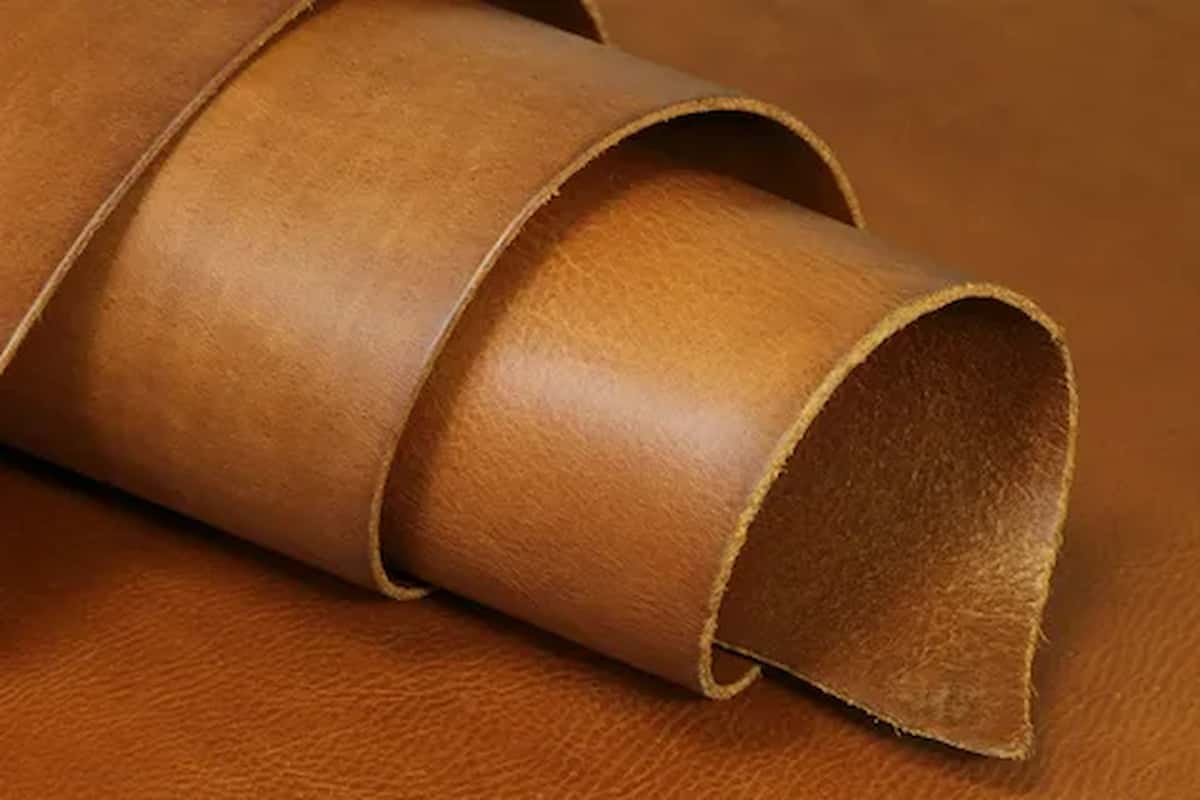
Raw cow leather buyers are key players in the leather industry, responsible for ensuring the availability of high-quality and suitable raw materials. By understanding the market, following a systematic buying process, and considering the various price factors, buyers can effectively procure raw cow leather that meets their specific requirements. With proper knowledge and industry insight, businesses can maintain a competitive edge and provide customers with exceptional leather products.
